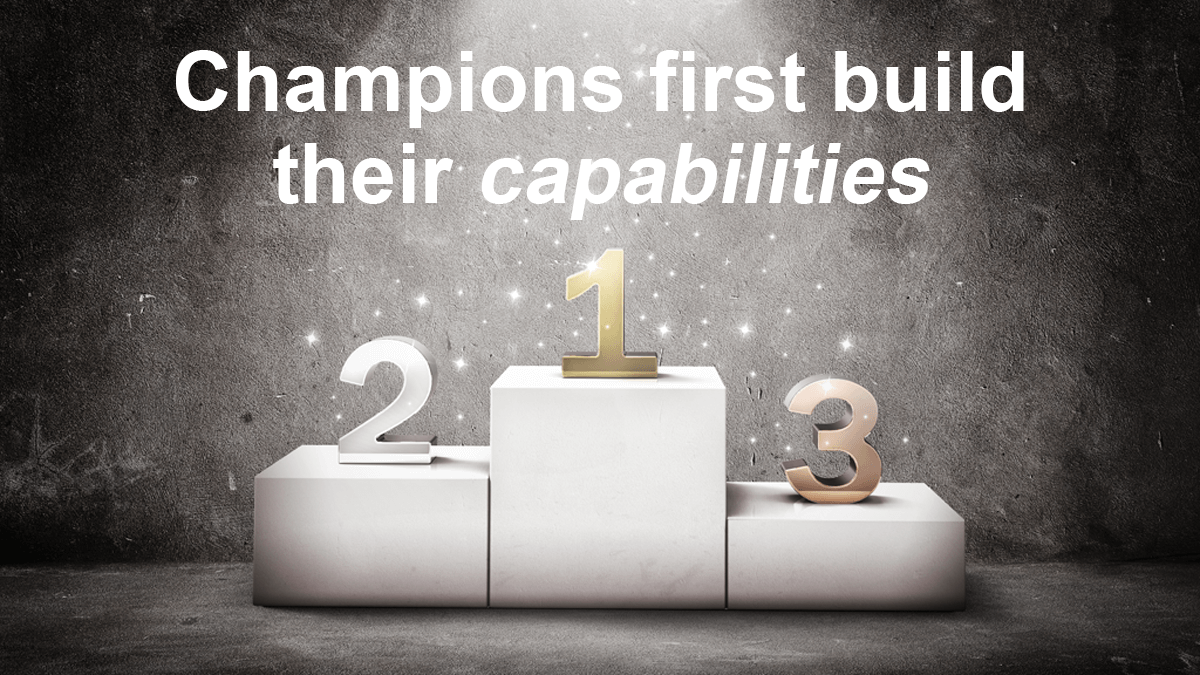Years ago, a study by APQC found the most successful teams invest 20+% of their total new-product work in the front-end… while most teams spend 10% or less here. Roughly speaking, a Market Case requires about 3 person-months of effort, while a full Business Case needs about 6 person-months. So if you “do the math” for 20% in the front-end, you should require a Market Case for projects needing 1 person-year of development, and a Business Case for those needing 2+ years.
More in article, Business Case Excellence: The 12 Key Components
If your big project is successful, it will be because the assumptions it rested on were true. But when you start your project, you don’t know what is and is not true. Think of 4 factors in descending certainty: 1) Facts (we know what we know.) 2) Assumptions (we know what we think.) 3) Questions (we know what we don’t know.) 4) Surprises (we don’t know what we don’t know.) To “de-risk” your project, lay these out at the beginning of your project… and then drive each from uncertainty to certainty.
To see how this is done, view the video at Project De-risking with Minesweeper
Our research shows “strong value propositions” are the #1 driver of B2B organic growth: The ability to develop such value propositions separates the “winners” and “losers.” Here are the 3 growth drivers (out of 24) that show the greatest competency differences between these winners and losers: #1 Front-end Work (creating a compelling business case), #2 Market Concentration (disproportionately focusing resources on attractive market segments), and #3 Customer Interviews: (gaining the insights needed to establish your value proposition).
More in research report, What Drives B2B Organic Growth?
CoatingsTech publishes “Virtual VOC: How to understand B2B customer needs without the plane ride” by Dan Adams. In this article, Dan provides tips and solutions for how to innovate… with virtual voice-of-customer meetings so effective they’ll become a fixture in front-end innovation long after the pandemic. About CoatingsTech As the flagship publication of the American ... Read More
Let’s see: How about gymnasts… golfers… chess masters… rock climbers. Yep, anyone who seeks the championship focuses intently on first building their capabilities and skills. They know this is the only way to get superior results. But what about many business leaders? Do they fixate more on capabilities or results? It seems many “show up” each quarter hoping for great results, without having done anything meaningful to build growth-ensuring capabilities.
More in article, B2B Organic Growth: Moving to earned growth
Dan Adams has the honor to present at GLG Webcast covering “New Innovation Metrics” on January 21, 2021 at 1:00 PM EST. Dan will be presenting on the following key topics: Three shortcomings of the vitality index Four rules for better metrics A new metric for building growth capabilities A new metric for achieving commercial ... Read More
In our research, B2B professionals rated a strong value proposition as the #1 most important driver of profitable, sustainable organic growth. But what makes it strong? Certainly not the supplier’s opinion. A value proposition is only strong if it addresses outcome(s) important and unsatisfied to the customer. This is the part that most B2B new-product teams bungle. They guess, hope, or hypothesize which outcomes customers want. Big mistake. Without unbiased, unfiltered data, most teams are led astray by their confirmation bias.
More in video, Leader’s Guide to B2B Organic Growth series, Video Lesson #19







